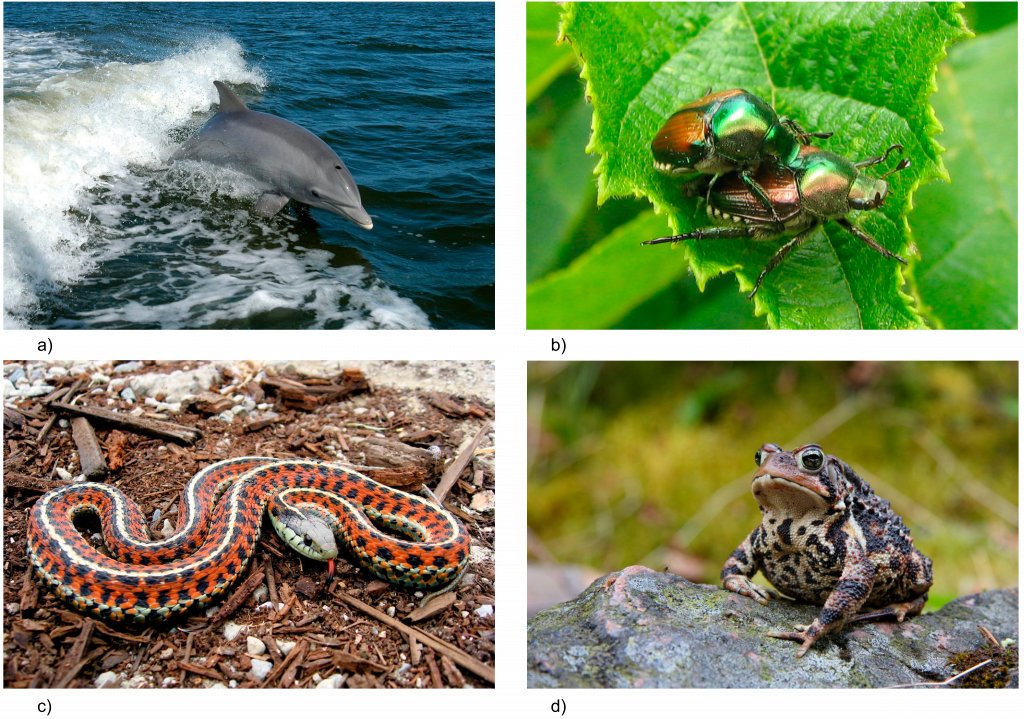12.4 Homosexuality is widespread in nature
Same-sex sexual behavior is well documented in non-human animals, far beyond the penguin examples above. And, as with the penguin examples, it can be difficult for humans to detect same-sex couples in animals, especially when it is difficult to tell males and females apart. For example, the Laysan albatross is another “sexually monomorphic” (i.e., males and females look alike) bird species in which same-sex pair-bonds—in this case, in females—are common.
These birds are well known for their intricate courtship displays:
And, until recently, biologists didn’t realize that same-sex partnerships were so common—in one location, 31% of the pairs studied were female-female. Upon further investigation, it became evident that these female-only birds were successfully hatching eggs and raising chicks.
Similarly, same-sex sexual behavior, of either a long-term or transient nature, has been documented in examples such as (but by no means limited to):
- Mammals such as gorillas, chimpanzees, bats, dolphins, bison, and humans
- Birds such as penguins, albatross, zebra finches, and acorn woodpeckers
- Reptiles such as garter snakes
- Amphibians such as the American toad
- Fish such as guppies and cichlids
- And many, many types of invertebrates such as squid, snails, fruit flies, and roundworms.
In some cases (such as Japanese beetles), the incidence of homosexuality is low, and not a large part of the animal’s social structure. But in some animals, homosexuality is common enough to have significant impacts at the community level. For example, in bottlenose dolphins, ~50% of male sexual interactions are with other males.

In addition, homosexuality is pervasive in human cultures, from around the world and throughout history. Recently, biologists at the University of Montpelier (in France) conducted a review of 107 societies from around the world, finding evidence of male homosexual preference in the majority of societies sampled. Thus, it seems fair to conclude that homosexuality is widespread in nature—in humans and non-human animals.
1. Barthes, J., Crochet, P. A. & Raymond, M. Male homosexual preference: Where, when, why? PLoS One 10, 1–15 (2015).

- from: https://en.wikipedia.org/wiki/Bottlenose_dolphin#/media/File:Tursiops_truncatus_01.jpg ↵
- From: https://commons.wikimedia.org/wiki/Popillia_japonica#/media/File:Popillia_japonica_-_japanese_beetle_-_desc-mating_pair_on_filbert_tree_leaf.jpg ↵
- From: https://commons.wikimedia.org/wiki/File:Coast_Garter_Snake.jpg ↵
- From: https://commons.wikimedia.org/wiki/File:Bufo_americanus_PJC1.jpg ↵

